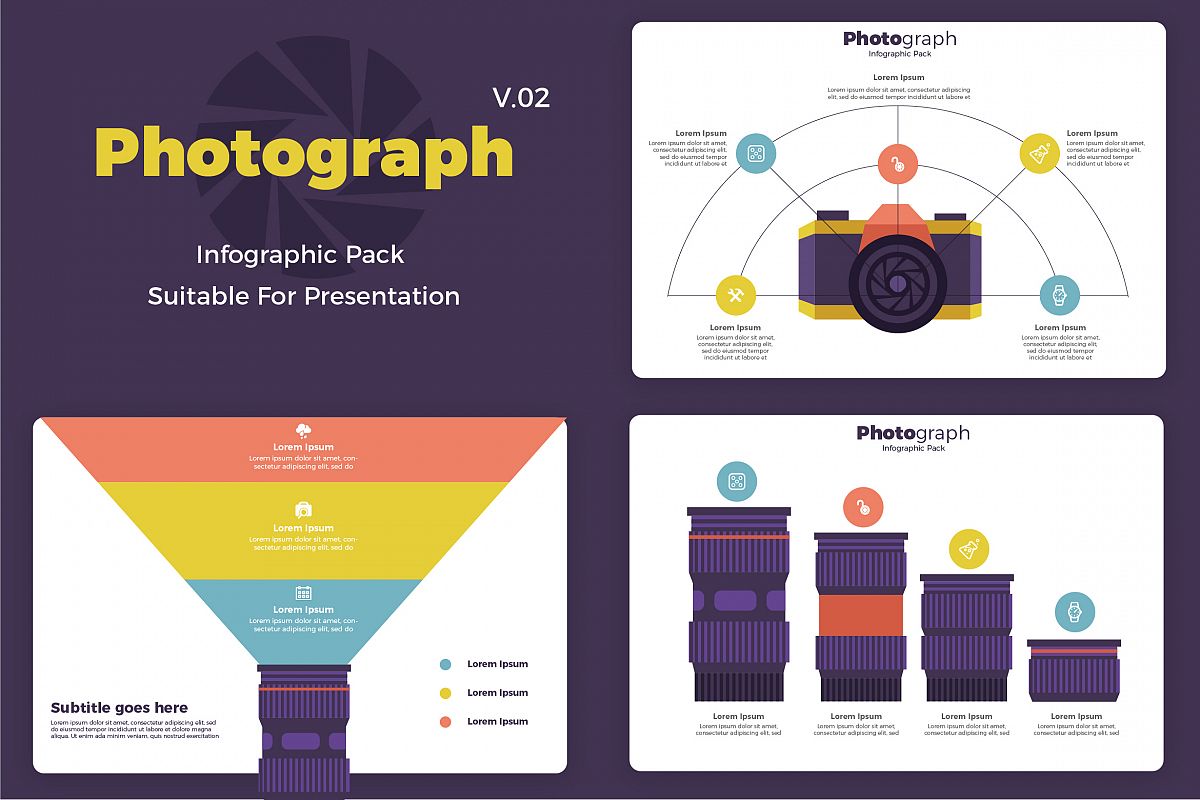What Every Photographer Needs To Know About Lighting
What Every Photographer Needs To Know About Lighting
Blog Article
Article Developed By-Boone Fraser
As a photographer, you recognize that lights can make or break your images. Understanding the nuances of both natural and artificial light is necessary for capturing the mood and quality you aim for in your work. Whether you're going after the ideal gold hour radiance or adjust your fabricated configurations, mastering these aspects can raise your photography considerably. Yet there prevail risks that many overlook, and recognizing them can transform your approach to every shoot. Let's explore what you could be missing and how it can impact your results.
Comprehending Natural Light
Understanding all-natural light is vital for any type of digital photographer looking to boost their work. It's the structure of wonderful digital photography, influencing mood, tone, and clarity. When you fire outdoors, pay attention to the moment of day. The gold hour-- quickly after daybreak and prior to sunset-- offers soft, warm light that can change regular scenes into spectacular photos.
Do not ignore the power of cloudy days. Cloud cover diffuses sunlight, producing a soft, even light that's best for pictures and macro photography. You'll find colors pop in this kind of lights without severe shadows.
Placing matters, too. Constantly consider your topic's alignment to the light source. If the sunlight's behind your subject, you may end up with a silhouette, which can be dramatic yet mightn't be what you desire. Alternatively, direct sunlight can create unflattering darkness.
Experiment with angles; in some cases, changing your perspective can yield remarkable outcomes. Use link web site , like water or sand, to bounce light onto your topic, including dimension.
Mastering Artificial Light
Grasping artificial light is crucial for photographers who want to take their skills to the following level. Whether you're utilizing speedlights, studio strobes, or constant lights, understanding exactly how to control these resources can dramatically improve your images.
Beginning by familiarizing on your own with the essentials of light top quality, instructions, and shade temperature level. Try out various modifiers like softboxes, umbrellas, or grids to regulate the gentleness or harshness of the light.
You'll find that soft light frequently develops complementary results, while harsher light can include dramatization and deepness. Don't shy away from shadows; they can boost the three-dimensionality of your subjects.
Pay close attention to the positioning of your lights. A light located too close to your topic can produce unflattering outcomes, while as well far away can result in an absence of information. Make use of a light meter or your video camera's pie chart to guarantee you're revealing correctly.
Finally, remember that man-made light can be blended with ambient light for innovative results. Balancing these resources might take method, once you understand it, your photography will really beam.
Methods for Different Scenarios
When you step into various capturing circumstances, adapting your illumination techniques is vital for recording the very best images. For outdoor portraits, make use of the gold hour-- morning or late afternoon light-- to soften shadows and enhance skin tones.
If it's an extreme noontime sunlight, take into consideration making use of a reflector to jump light back onto your subject or seek shaded areas for an extra even direct exposure.
In low-light circumstances, like interior events, raise your ISO and use a vast aperture to let in even more light. https://www.liveinternet.ru/users/lucas_corbett/post509044136 can assist eliminate camera shake, permitting longer exposures without blurring.
If you're shooting at night, try out off-camera flash to create vibrant illumination and deepness in your pictures.
For item photography, use diffused lighting to avoid harsh representations. Softboxes or light tents can help attain this impact.
When photographing landscapes, take into consideration the instructions of light and time of day, as it can significantly alter the state of mind of your shot.
Constantly be ready to readjust your setups and placing based upon the scenario, as adaptability is vital to grasping lighting in digital photography.
Verdict
To conclude, mastering lighting is key to boosting your photography skills. Welcome natural light's appeal during gold hour, and don't avoid experimenting with fabricated light techniques. By adapting your method to various situations, you'll record sensational photos that reverberate with feeling and clarity. Keep in mind, the best illumination can change an average shot into something amazing, so keep exercising and refining your understanding of both natural and synthetic light. Satisfied shooting!
